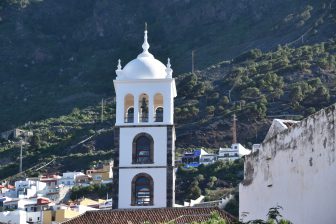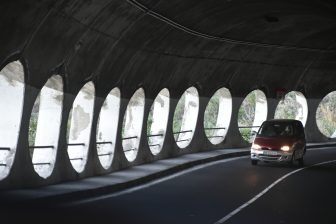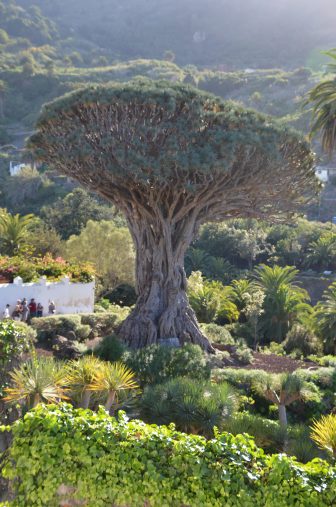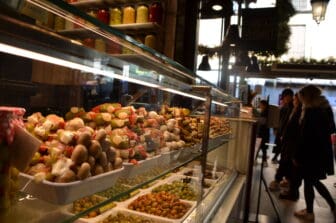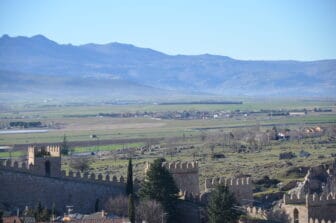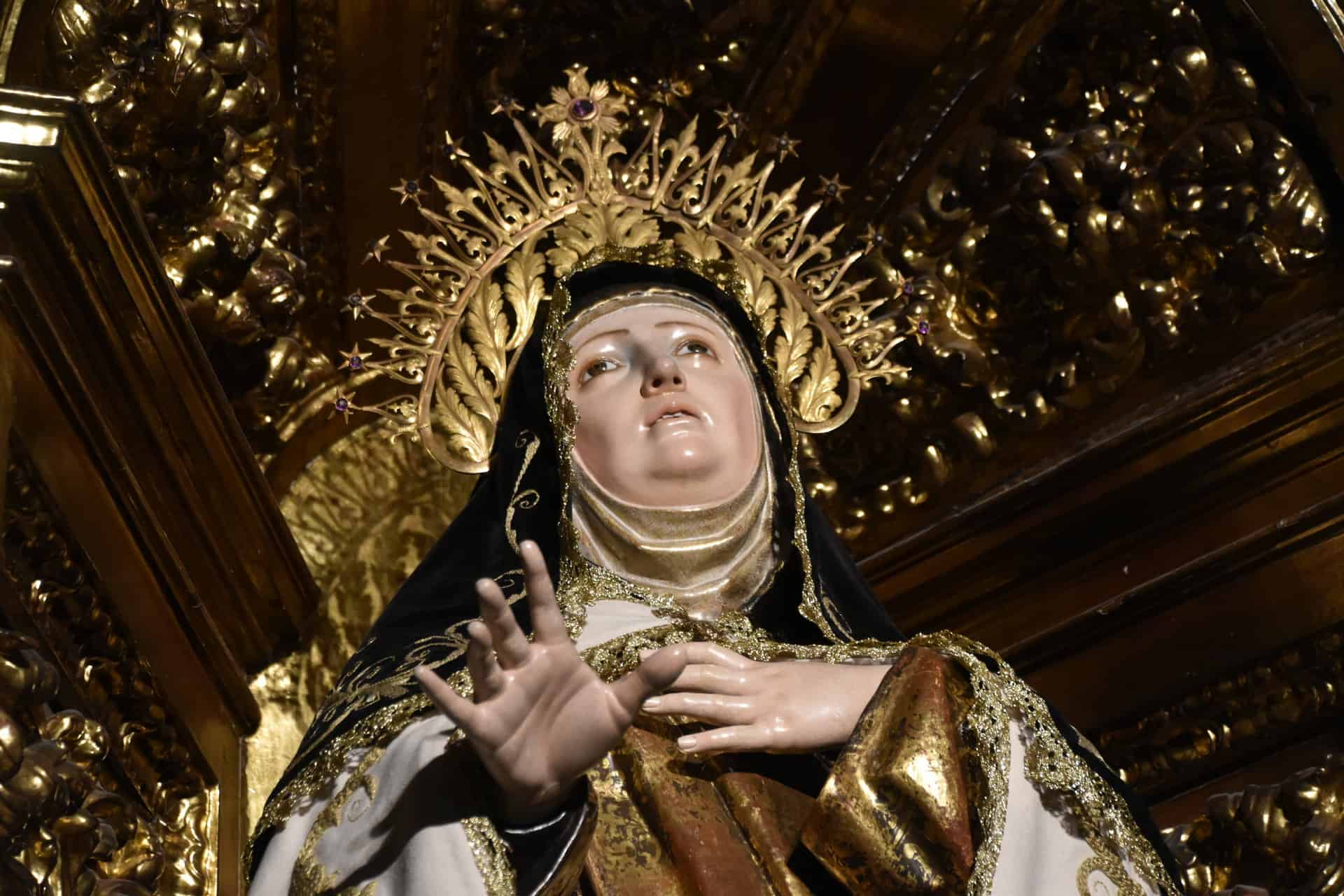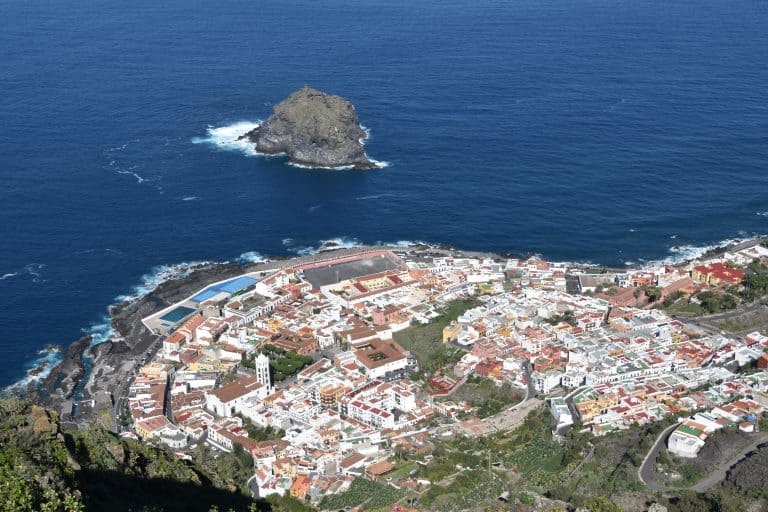
[ Dec.2018 ] After coming down from Mount Teide, the highest mountain in Spain, our tour went up to the north of Tenerife and stopped at a restaurant on the hill, where we could look over the town called Garachico.
This was a huge restaurant, mainly catering for the group tours.
The price was cheap, and the food was OK.
All of the eight members of the tour sat together at one table here.
The breakdown of the members was: a couple from Greenwich, in east London, a couple from southern Wales, a mother and a daughter from Poland and us.
Both couples from Greenwich and southern Wales had come to Tenerife a couple of times before and their lifestyles were similar, so they got on very well.
They talked and laughed a lot, but at one point, the man from Greenwich said “I am very sorry that soon enough, we will not be Europeans any more”.
The Welsh couple suddenly became quiet and their expressions turned grim.
It was a moment that showed clearly how the British were divided because of Brexit.
As for the Polish couple, the mother particularly did not speak English, so it was difficult to have a conversation, but from them I learned that the Aloe lipsticks sold in Tenerife were long-lasting and good quality.
I bought some later and now I am happily using them.
After lunch, we went down to the town of Garachico.
According to our guidebook, Garachico is one of the top 3 historic towns in Tenerife.
It used to be an important trading port town, but one of the craters in the Teide National Park erupted in 1706 and lava covered half of the town.
The town recovered later, but not as active as before.
On the other hand, this town was not polluted by mass tourism and it was nice, quiet and graceful.
There were some craft shops, though not many, which were selling good quality items, so we did a bit of shopping during the free time.
On the way from here to the next destination, Icod de los Vinos, there was a fairly long tunnel with an interesting design with holes in the walls.
Our guide told us that whenever they travelled with children, they would do the guessing game “how many holes are there?”.
The answer is 105, though it is a trivial matter.
The highlight of Icod de los Vinos is the Dragon Tree, which is supposed to be more than 1,000 years old, the oldest in the world as well as the largest in the world.
The proper name of this tree is Dracaena draco.
In the town, there is a park surrounding this tree and you have to pay to get in.
We did not go in there, but looked at the tree from Plaza San Marcos.
This Dragon Tree is a special one, but you can see the younger and smaller ones all over the place on the island.
The area around Icod de la Vinos is famous for its fertile land and there are many fields for bananas, grapes and other fruits.
The banana plantations are particularly huge and they export bananas to mainland Spain and other European countries, but apparently the history of banana production is relatively new.
According to our guide, bananas were introduced by the British at the end of the 19th century.


